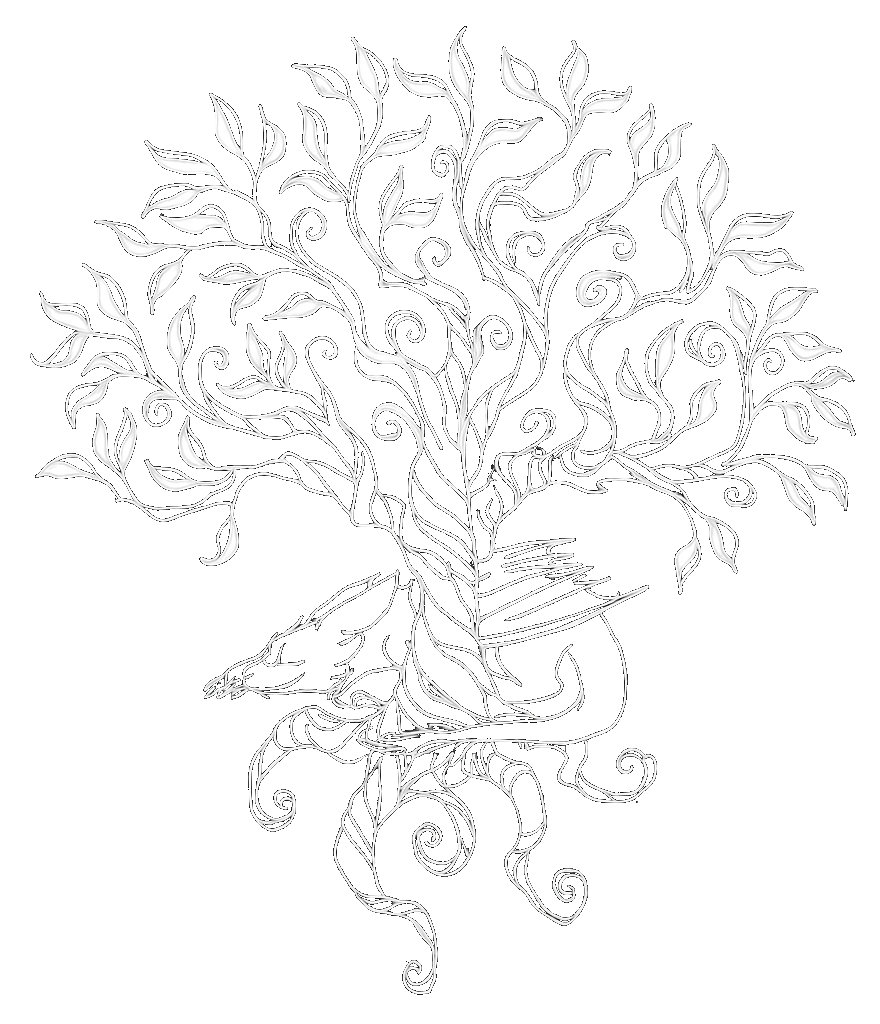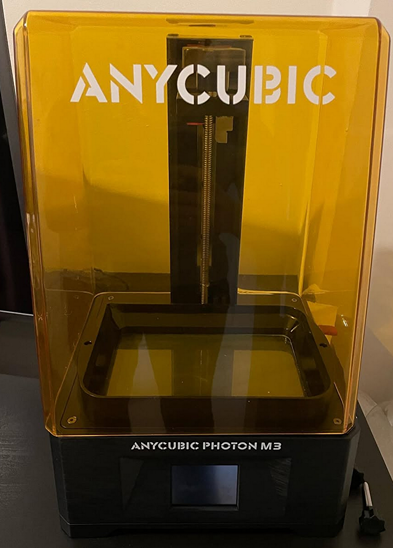Lets Get Printing!
So we’ve looked at how to start 3D modelling but now you want to bring your ideas in to the real world and to do that we’re going to need a 3D printer! The two types available to us hobbyists at reasonable prices are FDM & resin printers. I’ve experimented with both owning an Artillery sidwinder X4 which was large build volume budget FDM printer and then I upgraded to a BambuLab P1S. I’ve also dived into the world of resin printing with an Anycubic Photon M3.
So without further adieu, lets dive in!
Best Hobby-Level 3D Printers for 2025 (FDM & Resin, All Budgets!)
Whether you're dreaming of printing cute articulated dragons, functional parts, cosplay props, or finely detailed miniatures, picking the right 3D printer makes all the difference.
Good news?
You don’t need to spend thousands to get amazing prints anymore.
In this guide, we'll explore the best hobby-level 3D printers you can buy in 2025 — covering:
✅ Affordable & mid-range FDM printers (multiple build sizes)
✅ High-detail resin printers (for figurines, minis & jewelry)
✅ Why you might choose FDM vs resin
✅ Tips for beginners on what to look for
FDM Printers (Filament-Based)
FDM (Fused Deposition Modeling) printers melt plastic filament to build your model layer by layer.
They're perfect for:
Toys
Functional parts
Large cosplay props
Everyday prints
Here's what to look for:
✅ Build volume that fits your projects
✅ Reliable bed leveling & easy setup
✅ Good community support & spare parts availability
Types of FDM printer:
FDM printers generally come in two varieties: Bedslinger & core XY.
Bedslinger (Cartesian / moving bed)
The print bed moves back & forth (Y axis); the print head usually moves side to side (X) and up/down (Z).
Pros:
Affordable & beginner-friendly: simpler design, cheaper to build & buy
Large community & support: tons of tutorials, mods & replacement parts
Simple mechanics: easy to understand, repair, and upgrade
Open frame: usually easier to access prints & adjust mid-print
Common sizes & formats: many choices under $300–$400
Cons:
Print speed limited by moving bed: as the bed moves quickly, it can cause ringing/ghosting (especially on tall prints)
Large prints = more vibration: bigger/heavier beds swing more, affecting surface quality
Wobble on tall models: tall prints can shake as the bed moves back & forth. If this is excessive, the print could detach from the bed
Long footprint: bed moves back → printer takes up more desk space front-to-back
CoreXY
The print bed only moves up & down (Z); the print head moves in X and Y with lightweight belts.
Pros:
Faster print speeds: lighter moving parts → less inertia → smoother, faster motion
Better for large/tall prints: bed stays stationary in XY → less shaking & higher detail
Compact footprint: bed moves only vertically → smaller desk space needed
Better surface finish: less ringing & ghosting at high speeds
Advanced features: often include enclosures, multi-material, and better part cooling
Cons:
More complex mechanics: more belts, idlers & tuning → trickier for beginners to assemble & maintain
Usually higher cost: even budget CoreXY printers tend to start around $400–$500+
Smaller community (for DIY builds): fewer tutorials vs. classic bedslingers
DIY kits can be time-consuming: especially Voron & similar printers
Budget (~$200–$400)
Creality Ender‑3 V3 SE – Frequently rated best budget FDM for 2025 thanks to tremendous value, reliability, and solid print quality for entry-level users.
Bambu Lab A1 Mini – Compact (≈180 mm³) but ultra-fast (up to 500 mm/s), supports basic AMS multicolor and is super beginner‑friendly. Great for quick, clean prints.
Mid-range (~$600–$1,200)
Bambu Lab P1P – Core‑XY design offering high speed, excellent material flexibility (up to 300 °C), and top-tier features at reasonable cost. Perfect for enthusiasts.
Prusa Core One – Prusa’s premium Core‑XY newcomer with enclosed chamber, great for PLA, PETG, ASA, PC, and more. Known for high quality and reliability.
Large Format Options
Creality K2 Plus – Core‑XY with large build volume, AI‑driven cameras, multi‑material support via optional modules. Excellent for larger projects and fast prototyping.
Alternatives like Sovol SV06 or Anycubic Kobra series can also serve the mid-range segment well.
Resin Printers (MSLA/DLP)
Resin printers (SLA / MSLA) use UV light to cure liquid resin layer by layer.
They’re ideal for:
Highly detailed figurines, minis & jewelry
Smooth surfaces with little layer lines
Key things to know:
✅ Need good ventilation & gloves (resin is toxic and stinks!)
✅ Post-processing: wash & UV cure
✅ Smaller build volume vs FDM
Entry / Budget (< $500 )
Elegoo Saturn 4 Ultra (16K) – High‑resolution (16K) and smart fail-safe features, superb for miniatures. All3DP’s choice as best ~$500 resin printer.
Mid-range / Medium Build (~$350–$640)
Anycubic Photon Mono X2 – Large medium-format printer with 4K resolution, generous volume and outstanding price/performance. Great balance of space and detail.
High‑end Hobbyist
Creality HALOT‑MAGE S 14K – Extremely high resolution, sizable build area, and user-friendly for detailed models. TechRadar picks this as best overall resin miniatures printer.
Formlabs Form 4 – Professional-level resin printer with 5× speed over prior models, suited to rapid iterations or small business use. Offers exceptional reliability and detail.
Picking the Right Printer
For FDM:
Just starting: go with Ender‑3 V3 SE for affordability.
Want speed and multicolor: Bambu A1 is fast and user-friendly.
Material flexibility & upgrade path: Bambu P1P or Prusa CORE One offer performance and reliability.
For Resin:
Detail on a budget: Elegoo Saturn 4 Ultra provides excellent resolution.
Roomier or faster resin prints: Photon Mono X2 balances volume and detail nicely.
Ultimate fine detail: consider HALOT‑MAGE S 14K or Formlabs Form 4, especially if quality trumps ease-of-use.
Tips for Your First 3D Printer (Beginner Friendly):
Choose a printer with auto bed leveling → saves frustration
Check community support → tutorials & troubleshooting help
Start with a basic PLA filament or standard resin
Print calibration models first before complex designs
Ventilate your workspace, especially for resin
Community Insights & Market Trends
Community favorites like Bambu Lab and Prusa consistently stand out for out-of-box experience and support.
In resin printing, Elegoo and Anycubic remain highly ranked in both hobbyist and entry-to-mid tiers.
The hobby market is dominated by Chinese brands (Creality, Bambu Lab, Elegoo) due to affordability and innovation.
Final Tips
Consider whether build volume, print speed, material support, or user support/community is most important to your use.
Resin printers need proper ventilation, gloves, and a cleaning setup due to chemicals.
FDM printers are more forgiving but often require bed leveling, filament handling, and occasional adjustments.
Curious about accessories like automatic bed leveling, multi-material systems, resin vat coatings, or filament types? Feel free to ask!



